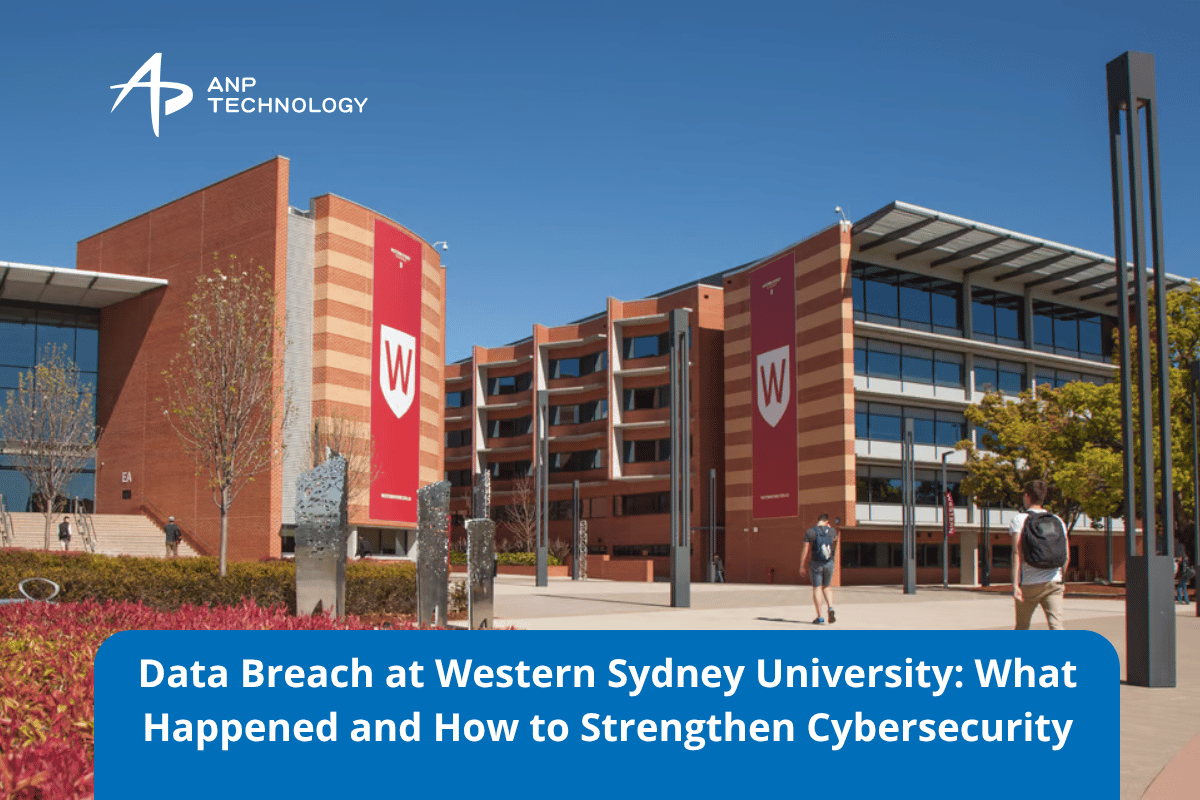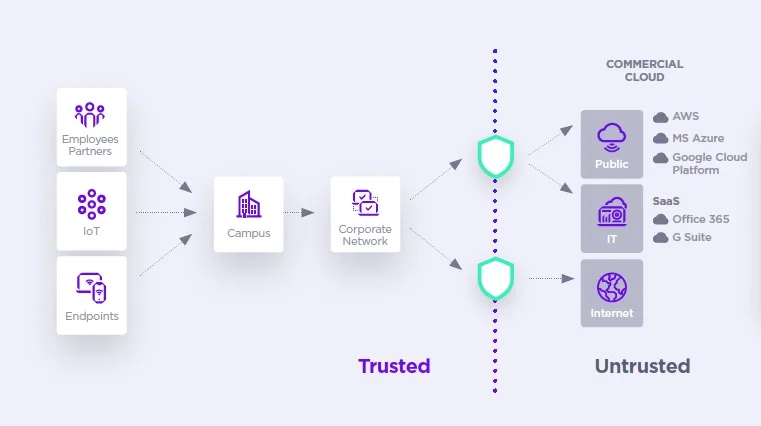
In a recent and alarming incident, Western Sydney University (WSU) experienced a significant data breach that impacted approximately 10,000 students, including both current students and alumni. The breach, which occurred in late 2024 and was discovered in March 2025, involved unauthorized access to sensitive information such as academic records, enrollment details, and personal demographic data. This incident, which also saw some of the stolen data posted on dark web forums, highlights critical vulnerabilities in the university’s cybersecurity infrastructure. In response, the university has taken immediate steps to address the breach, working closely with cybersecurity experts, local police, and national security bodies.
This breach underscores the urgent need for enhanced cybersecurity measures, particularly for institutions handling large amounts of sensitive data. Moving forward, it is crucial for organizations to adopt comprehensive security solutions to prevent such incidents and better protect their communities.
Understanding the Breach and Its Impact
The breach took place over several months, with unauthorized access to the university’s systems using stolen credentials. These credentials were likely obtained through credential stuffing—a method where hackers use previously leaked username and password combinations to gain access to user accounts. In this case, the attackers managed to infiltrate the university’s systems, accessing sensitive personal data of students and alumni.
Although the breach was detected later than expected, the stolen data was found circulating on dark web forums, suggesting that the attackers had ample time to exploit the breach. As a result, affected students were urged to monitor their accounts for suspicious activity, change passwords, and remain vigilant for phishing attempts exploiting the leaked information.
Cybersecurity Solutions to Prevent Future Breaches

1.Endpoint Detection and Response (EDR)
A critical measure to prevent and detect cyber threats is Endpoint Detection and Response (EDR). AI-driven EDR solutions continuously monitor endpoints for suspicious activity, automatically respond to threats, and contain malware or ransomware before they spread. These systems can also roll back infected devices to a safe state, minimizing damage.
For institutions like WSU, where many student and staff devices are connected to the network, deploying a robust EDR solution helps detect unauthorized access early—before it escalates into a full-blown attack.
2. Web Application Firewall (WAF)
Universities depend heavily on their web applications and student portals. To protect these critical systems from threats like SQL injection and cross-site scripting (XSS), Web Application Firewalls (WAFs) are essential. A WAF inspects incoming traffic and blocks malicious requests before they reach backend systems.
Implementing WAF protection would help institutions like WSU defend their web-based services and safeguard sensitive academic and personal data.
3. Anti-DDoS Protection
Distributed Denial of Service (DDoS) attacks can bring down online systems during crucial periods, such as course registration. Anti-DDoS solutions divert and filter malicious traffic, ensuring continuous availability for legitimate users, even in the face of large-scale attacks.
For a university’s high-traffic digital infrastructure, DDoS protection ensures smooth operation and resilience against service disruptions.
4. Zero Trust Security Model
The Zero Trust model assumes that no user or device should be trusted by default—even inside the network. Continuous verification and strict access control ensure that attackers cannot freely move laterally if they compromise one account.
For WSU, adopting Zero Trust would drastically reduce the risk of data breaches, especially when combined with multi-factor authentication and least-privilege access policies.
5. Rate Limiting
Rate limiting restricts the number of requests users can make in a given timeframe. This is especially effective in mitigating brute-force attacks and credential stuffing attempts—tactics used in the WSU breach.
By implementing rate limiting, institutions can make it much harder for attackers to use automated tools to guess credentials or flood systems with access attempts.
Read More : How SentinelOne Can Repair Spyware Infection
Conclusion
The data breach at Western Sydney University is a powerful reminder of the evolving cybersecurity challenges facing educational institutions. To safeguard sensitive data and maintain trust, universities must implement advanced, layered security strategies.
ANP Technology provides solutions for cybersecurity, helping organizations like WSU strengthen their defense posture against modern cyber threats. We offer advanced tools for real-time threat detection, web application security, DDoS protection, and identity verification, enabling you to build a robust and resilient infrastructure.
Don’t wait for a breach to happen. Secure your systems, protect your users, and ensure business continuity.

ANP Technology provides solutions for cybersecurity. Contact us for further assistance.
Reference:



